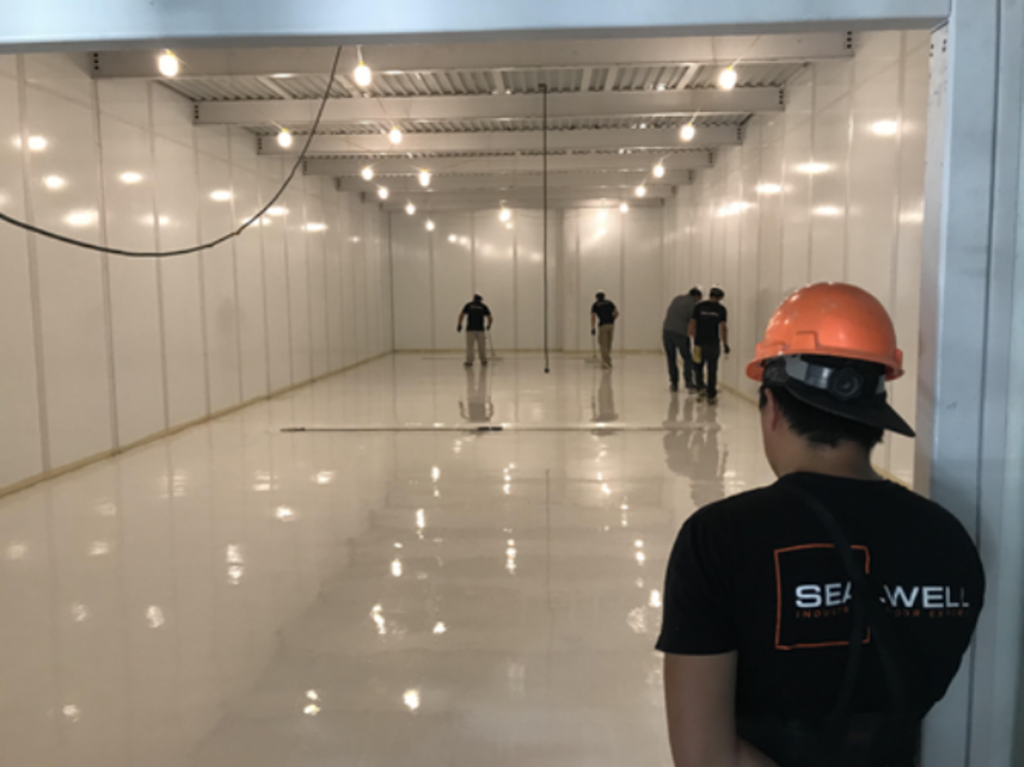Blog and News
Does Your Floor Meet Hygienic Standards And LEED Certification?
LEED stands for Leadership in Energy and Environmental Design. It is most commonly known, around the world, as the green building certification system. This system provides unbiased verification that the building, including its flooring and pillars, is designed and built using eco-friendly material. This means they are designed around the parameters of energy-saving, CO2 emissions reduction, as well as improved indoor quality and water efficiency.

You need to assess your residential as well as Commercial Flooring to know whether it meets the hygiene and LEED certification. Here are the most common flooring materials that are LEED-certified.
Bio-Based Tiles:
BBT or Bio-Based Tiles are high-trend at the moment. They are the same as the resilient flooring when it comes to durability, versatility as well as affordability. But it does have the edge over other resilient floors, it’s Eco-friendly.
Polished Concrete:
You may have experienced Polished Concrete in many private and industrial places such as schools as well as factories. They are easy to maintain, and they don’t need a wax-and-strip method for cleaning. The maintenance is water-efficient hence gets the LEED certification.
Carpet tiles, as well as Carpets:
You can get your LEED Certification for carpets if the carpet flooring stems from recycled materials. Although both of these can get LEED certification, carpet tiles are more efficient as they are easy to maintain and replace. This makes them more sustainable than carpeting.
If your floor meets the requirements of LEED Certification, you are awarded one of several certification levels these are certified, silver, gold or platinum.
Read More:- Industrial Floor Coating

















































